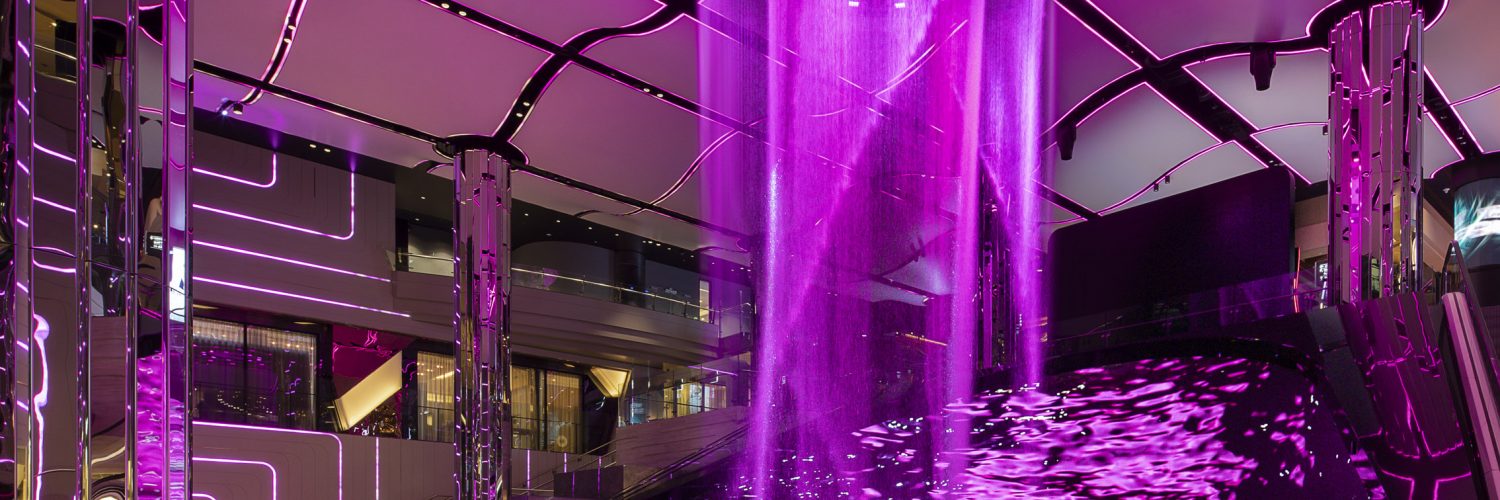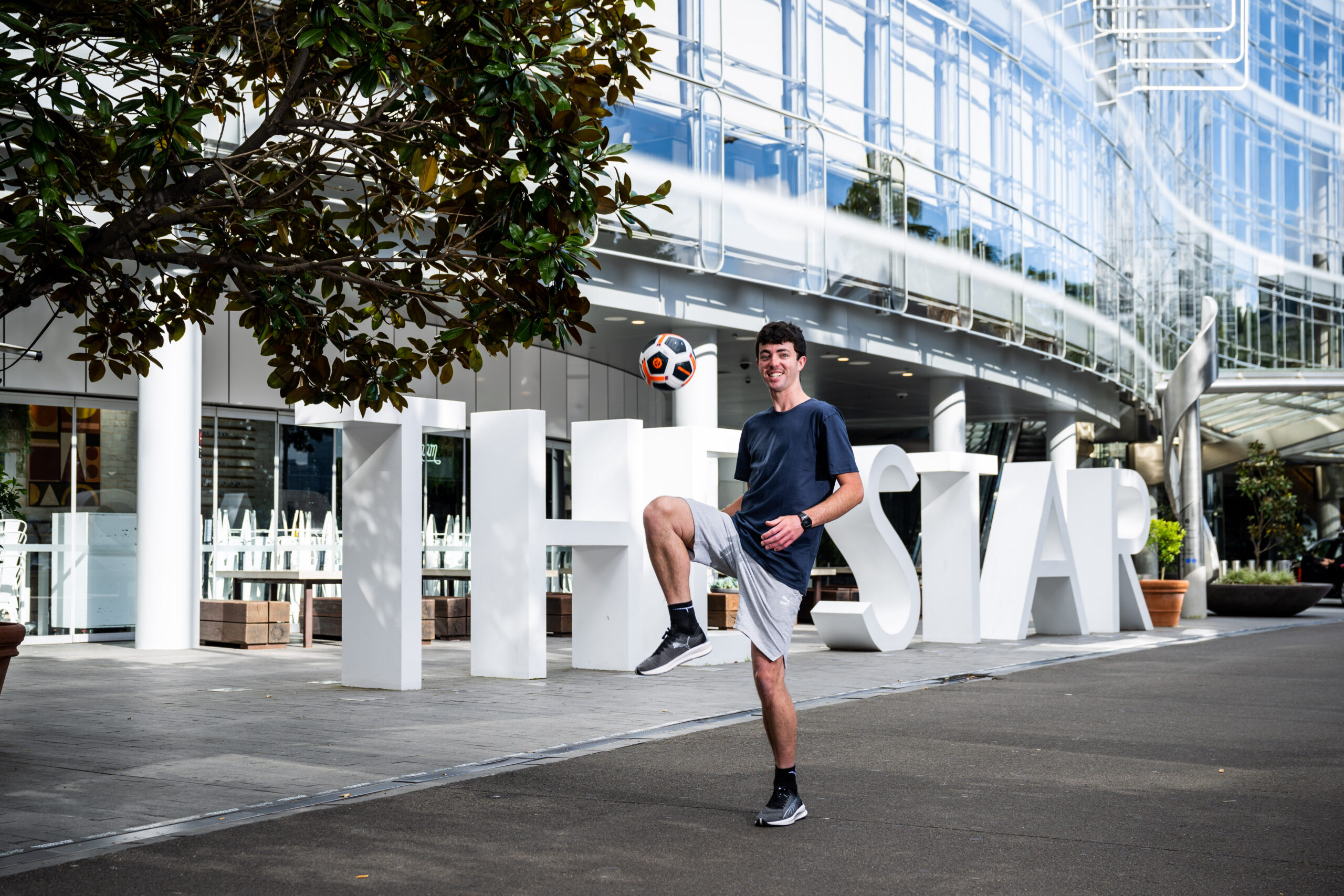Bruce Ramus, the creative mind behind The Grand Foyer speaks about the ground-breaking digital installation at The Star Sydney

Bruce Ramus sees light everywhere: in cities, in nature, and in people’s eyes. And he wants to share his illuminated point of view with the world. The founder and artistic director of studio Ramus Illumination, who has spent his career embedding light into everything from stadium rock concerts to public spaces, is the creative engine behind The Star Sydney’s Grand Foyer redesign.

As leaders in media architecture, Ramus, in collaboration with The Star Sydney’s Design and Marketing teams, have masterminded an innovative digital gallery for the space – one that goes far beyond simply displaying static art, to encapsulate the spirit of Sydney itself.
The Grand Foyer is a spectacular symphony of lasers, animation and water that has been almost two years in the making. Visitors are greeted by a mammoth, curved LED screen that “hugs” a 13 metre tall, cylindrical, programmable water feature surrounded by a digitally activated ceiling and walls.
But that’s just the framework – the real delight is in how the content within the space makes you feel. Depending on the time of day, the digital gallery showcases carefully curated and animated artworks, texture-based imagery of Sydney scenery or an interactive map of human movement in the space. In high-energy moment, lasers and projected images dance across the water feature, while a live aerialist spins above.
“It’s quite an immersive environment. We created a sense of space and a real activation and animation, so people feel they are part of a different type of experience,” Ramus explains. “And it’s not something that you have to stand and watch; it’s something that accompanies you on your journey. Whether you’re on your way to a show, or to a restaurant, it does a refresh of your vibe.”
Ramus, who originally hails from Canada, wanted to capture what he describes as Sydney’s “sense of promise” with the installation’s content. “Around every corner you turn, there’s this volume, this abundance of views, of ocean, of the botanical gardens, the headlands. Even if you’re in the CBD, you catch these glimpses of this abundance and volume of really astounding beauty,” he explains. “It was that volume that we wanted to capture – but in a way that wasn’t imposing, that didn’t say, ‘It’s on, 100 per cent, all day long.’
If it all sounds overwhelmingly complex, that’s because it is: media architecture is still a relatively new trend and Ramus’ design is pushing the boundaries of how it can be used. The LED screen, for example, is 16 metres wide, 10 metres deep and six metres tall at the centre, curving down and around in a crescent shape to envelop viewers in its displays. It’s also beyond high definition at a resolution of 8,000 pixels wide. “It has been a huge challenge to wrangle,” Ramus admits. He adds that even the speed at which artworks are animated has to be carefully considered to ensure viewers aren’t thrown off balance by the experience.

At the core of it all is a deep desire not just to dazzle with technical mastery, but also to explore new ways of opening up a conversation between artists and the public in a gallery space that’s open and exhibiting 24 hours a day, 365 days a year. Unlike other big, public screens, advertisements aren’t part of the schedule – the content will be tightly curated and edited to enhance and inspire, while shifting with the seasons. “It’s very deep in its intention to connect to the people it serves,” Ramus says.
















